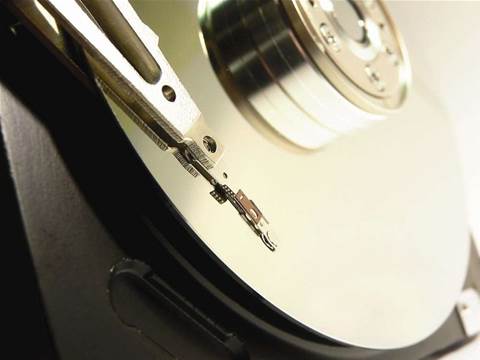EMC’s Gold believes that differences between protocols such as FC and iSCSI are less relevant than the difference between unified and specialised categories of storage. “Unified storage systems are all-in-one systems that allow all connectivity types, use all device types and incorporate high levels of automation. Specialised systems do a limited set of jobs very well, for example store fixed content forever and guarantee the data integrity.
“From a cost of ownership perspective there are major differences, and this is where a lot of people get caught. A unified storage system does it all, but if there is a specific requirement, a specialised system will always provide a lower total cost of ownership.”
Symantec Australia & New Zealand director systems engineering, Paul Lancaster, sees the major differences between these storage technologies in terms of two simple parameters - cost and speed. “We are seeing a change in the storage environment with the cost of storage declining and the amount of information and subsequent storage technologies increasing. It is not uncommon for enterprise data centres to be managing various tiers of storage,
NAS or direct attached storage (DAS) versus fibre channel disk drives in the one environment.”
HP’s Nielsen acknowledges there is a definite difference between the two protocols but argues that in the long term fibre channel over Ethernet (FCoE) is likely to end up dominating the market. “SAN is very prevalent in the marketplace today. It is a very stable technology that has been delivered for a number of years. It forms the basis for most network based storage environments. NAS is still popular as it is suitable for file serving type environments.
“Fibre channel (FC) is currently the most prevalent networking technology in the storage market and this trend will continue for at least three more years. iSCSI is very much still in its infancy. The technology to watch is FC over Ethernet (FCOE). It is basically a FC interface over an IP network and this means it can be implemented easily into existing environments.”
The numbers
While the Australian storage market grew 20% in 2007, and clocked in at nearly half a billion dollars, storage capacity (the amount of terabyte shipped) increased a massive72%, from 58,671 terabytes in 2006 to 101,177 terabytes in 2007, according to IDC’s Piff.
“High-end external disk storage systems accounted for 30% of the total market in 2007 compared with 445% for mid-range disk storage systems and 19% for entry level disk storage systems.”
IDC tracks the “major vendors” within the Australian market. These companies are: Dell, EMC, Fujitsu, HDS, HP, IBM, NEC, NetApp and Sun Microsystems. These companies account for 96% of the storage revenues in Australia for 2007, and ex-factory revenue shares for 2007 are:
In 2006 this market grew 10%. However, in 2007 the market grew an incredible 36%. Whilst the largest segment within Australia is the mid-range storage systems - and this segment grew substantially in 2007 - a lot of the increase in demand also came from high-end systems.
When looking at the interconnect technologies, fibre channel is the largest segment in terms of revenues and grew a healthy 42% in 2007. However, iSCSI is an area to watch since its growth was 295%, albeit of a smaller base. NAS and direct attached storage also grew at the healthy rates of 28% and 19% respectively.
The industry shifts from snorage to storage
By
Darren Baguely
on May 28, 2008 10:26AM

Page 4 of 4 | Single page
Got a news tip for our journalists? Share it with us anonymously here.
Partner Content

Channel faces AI-fuelled risk as partners lag on data resilience, Dicker Data summit told

Promoted Content
From Insight to Opportunity: How SMB Service Demand is Shaping the Next Growth Wave for Partners

Tech Data: Driving partner success in a digital-first economy
_(11).jpg&h=142&w=230&c=1&s=1)
The Compliance Dilemma for Technology Partners: Risk, Revenue, and Reputation

Shure Microsoft Certified Audio for Teams Rooms




.jpg&w=100&c=1&s=0)
_(8).jpg&w=100&c=1&s=0)







.jpg&q=95&h=298&w=480&c=1&s=1)
.jpg&q=95&h=298&w=480&c=1&s=1)
.jpg&q=95&h=298&w=480&c=1&s=1)



